Market news & insights
Stay ahead of the markets with expert insights, news, and technical analysis to guide your trading decisions.
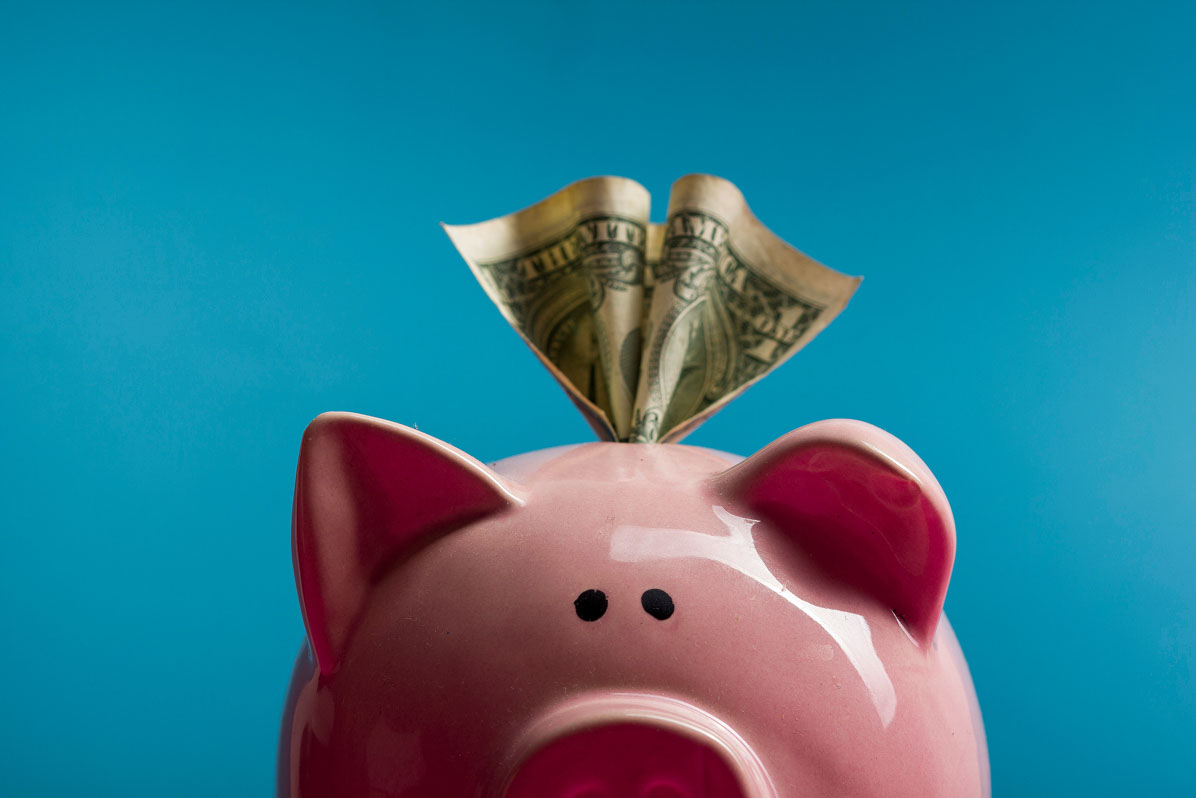
S&P 500 and ASX Rally as Big Banks Drive Markets
Both the S&P 500 and ASX have rallied on the back of stronger-than-expected major bank earnings reports on both sides of the Pacific.
In the US, Bank of America reported a 31% year-over-year increase in earnings per share at $1.06, exceeding Wall Street's estimate of $0.95. Meanwhile, Morgan Stanley delivered a record-breaking quarter with EPS of $2.80, a nearly 49% increase from the same period last year.
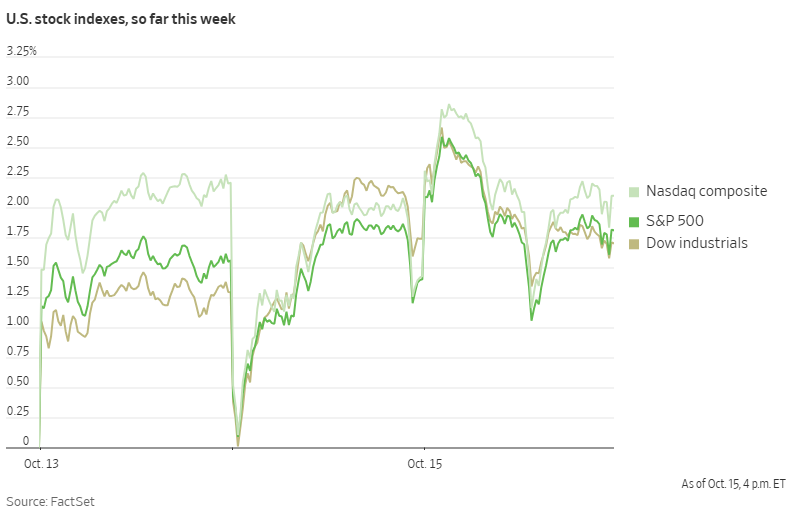
On the Australian front, the benchmark ASX 200 leapt 1.03% to 8990.99, with all four major Australian banks playing a major role. CBA closed 1.45% higher, Westpac 1.98%, NAB 1.87%, and ANZ 0.53%.
These strong bank results indicate broader economic strength, despite recent concerns about US-China trade tensions. US Treasury Secretary Scott Bessent emphasised that Washington did not want to escalate trade conflict with China and noted that President Trump is ready to meet Chinese President Xi Jinping in South Korea later this month.
With the third-quarter earnings season just getting underway, these early positive results from financial institutions could prove as the start of continued market strength through to the end of the year.
U.S. Government Shutdown Likely to Last Into November
Washington remains gridlocked as the U.S. enters its 16th day of shutdown. With no signs of compromise on the horizon, it appears increasingly likely the shutdown will extend into November and could even compromise the Thanksgiving holiday season.
Treasury Secretary Scott Bessent has warned "we are starting to cut into muscle here" and estimated "the shutdown may start costing the US economy up to $15 billion a day."
The core issue driving the shutdown is healthcare policy, specifically the expiring Affordable Care Act subsidies. Democrats are demanding these subsidies be extended, while Republicans argue this issue can be addressed separately from government funding.
The Trump administration has taken steps to blunt some of the shutdown's immediate impact, including reallocating funds to pay active-duty soldiers this week and infusing $300 million into food aid programs.
However, House Speaker Mike Johnson has emphasised these are merely "temporary fixes" that likely cannot be repeated at the end of October when the next round of military paychecks is scheduled.
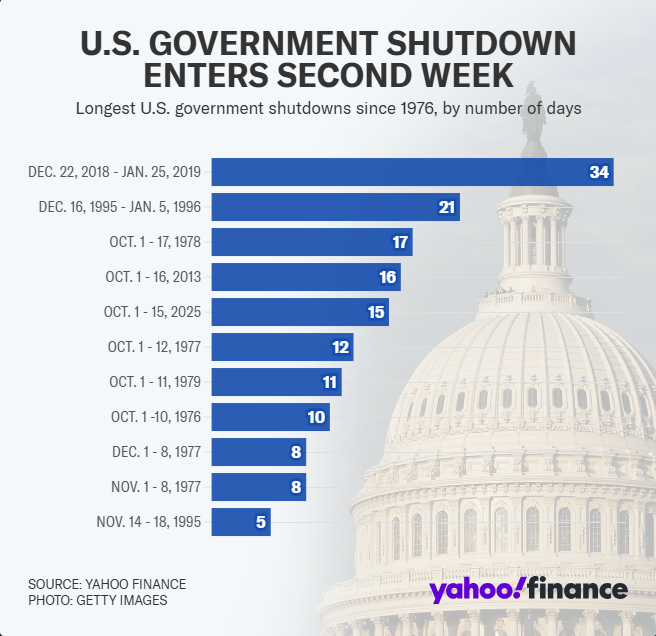
By the end of this week, this shutdown will become the third-longest in U.S. history. If it continues into November 4th, it will surpass the 34-day shutdown of 2018-2019 to become the longest government shutdown ever recorded.
This prolonged shutdown adds another layer of volatility to markets. While previous shutdowns have typically had limited long-term market impacts, the unprecedented length and timing of this closure, combined with its expanding economic toll, warrant closer attention as we move toward November.
Trump Announces Modi Has Agreed to Stop Buying Russian Oil
Yesterday, Trump announced that Indian Prime Minister Narendra Modi has agreed to stop purchasing Russian oil. He stated that Modi assured him India would halt Russian oil imports "within a short period of time," describing it as "a big step" in efforts to isolate Moscow economically.
The announcement comes after months of trade tensions between the US and India. In August, Trump imposed 50% tariffs on Indian exports to the US, doubling previous rates and specifically citing India's Russian oil purchases as a driving factor.

India has been one of Russia's top oil customers alongside China in recent years. Both countries have taken advantage of discounted Russian oil prices since the start of the Ukraine invasion.
Analysis suggests India saved between $2.5 billion to $12.6 billion since 2022 by purchasing discounted Russian crude compared to other sources, helping support its growing economy of 1.4 billion people.
Trump suggested that India's move would help accelerate the end of the Ukraine war, stating: "If India doesn't buy oil, it makes it much easier." He also mentioned his intention to convince China to follow suit: "Now I've got to get China to do the same thing."
The Indian embassy in Washington has not yet confirmed Modi's commitment. Markets will be closely watching for official statements from India and monitoring oil trading patterns in the coming weeks to assess the potential impact on global energy flows and prices.
Chart of the Day - Gold futures CFD (XAUUSD)


The Australian Consumer data was released today with Consumer Price Index rising to 6.1% over the past 12 months. For the quarter, the CPI rose by 1.8% which was 0.1% lower then what analysts expected the figure to be. This was also lower then the 2.1% jump seen in the previous March quarter.
The most significant contributors to the increase were new dwellings, +5.6%, and automotive fuel +4.2%. Whilst the overall numbers were only slightly off what was expected, the update provided some small relief to a market that has been dealing with record high-inflation. Australian Treasurer, Jim Chalmers stated that “Inflation is high and rising.
It will get tougher before it gets easier.” In response the XJO, (ASX200) saw a big spike, shooting up by 0.36% in the 5-minutes post the announcement. Conversely, the AUDUSD dropped from $0.6946 to $0.6913 in the half hour after the announcement as the market adjusts the value of the AUD to the likely lower interest rates. Bond Market responds The bond market responded by lowering its predicted interest rate hike next Tuesday by the Reserve bank of Australia.
The interbank futures were implying a 16% chance for a 75-basis point shift before the announcement. However, now the bond market is pricing in a 92% chance of 50 basis point move. Commonwealth Bank of Australia has also confirmed its expectation of a 50-point hike at the next meeting.
The bond futures market is also adjusted its prediction of a cash rate of 3.18% by the end of the year against the 3.38% that was forecast before the meeting. With important data to come out of the USA tonight including Q/Q advance GDP figures as well as the Federal Reserve’s Cash Rate announcement, the end of the week may very well continue to be volatile.
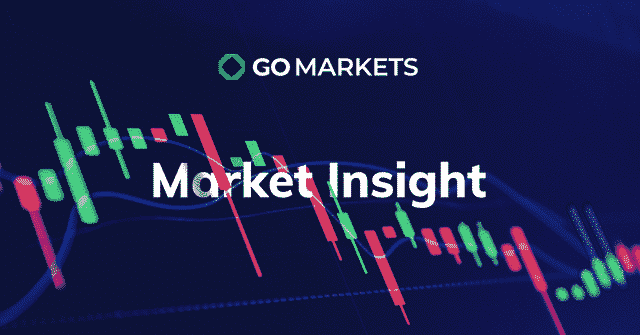

Since the recent crisis in Europe, you would have noticed a few things in the stock market which have directly or indirectly affected your normal day to day life, as a motorist one of the first things that you would have taken note of, is the price of fuel. Only a fortnight ago petrol prices for unleaded fuel was sold for $149.99 per litre (APCO service station Cranbourne), today’s price of $186.998 (price as of 24 hours ago) marks a clear sign that prices are rising and, in most cases, have hit above $2 per litre with people predicting that it will get worst before it gets better. We will take a look at why the EV market may be positioned to take advantage of this economic pain.
EV cars have long been in the process of becoming a cleaner alternative to combustible engine vehicles. Since climate change has been at the forefront of politicians and corporations’ agendas, companies such as Tesla have managed to carve out a large portion of the market for themselves and be the leading light into the new generations of cars. Whether that be by producing the latest car in the Roadster or providing companies with “regulatory credits” which allow the companies to reach emission targets set by governance in their respective countries.
In a push to reduce carbon emissions, governments around the world have introduced incentives for automakers to develop electric vehicles in return for regulatory credits. Because Tesla only manufacturers EV cars, they get free credits and as they have a surplus amount, they can sell these credits to their competitors for them to be able to meet the latest emissions targets. That’s one way in which Tesla profits hugely from their vision as they are able to make 100% profits on these credits.
As climate change reels its head and costs of fuel soars, many believe that EVs are the best alternative to an old age problem. However for EV cars to be successfully incorporated in our communities, there has to be a few advances in infrastructure including more regular charging stations, and improved battery life, with many currently working on producing longer lasting, quicker charging and more affordable batteries. As well as this, the price of EV vehicles would need to come in line with economy combustible engine vehicles to make them more desirable.
The infrastructure for electric-vehicle charging continues to expand. In 2019, there were about 7.3 million chargers worldwide, of which about 6.5 million were private, light-duty vehicle slow chargers in homes, multi-dwelling buildings and workplaces. Convenience, cost-effectiveness and a variety of support policies (such as preferential rates, equipment purchase incentives, and rebates) are the main drivers for the prevalence of private charging.
Market Performance: Sales of electric cars topped 2.1 million globally in 2019, surpassing 2018 – already a record year – to boost the stock to 7.2 million electric cars. Electric cars, which accounted for 2.6% of global car sales and about 1% of global car stock in 2019, registered a 40% year-on-year increase. Companies leading the way in manufacturing of EV cars and companies working alongside in infrastructure, battery life development and electricity providers in the field are: TESLA Volkswagen Group BMW Hyundai/KIA Jaguar Land Rover Schneider Electric SE Siemens AG ABB Eaton Corporation ChargePoint, Inc.
Webasto Group EVBox B.V. Blink Charging, Co. EFACEC Popular mentions to Delta Electronics, Inc. (Taiwan), Leviton Manufacturing Co., Inc. (U.S.), Alfen (Netherlands), NewMotion B.V. (Netherlands), Star Charge (China), SemaConnect (U.S.), Robert Bosch GmbH (Germany), and ClipperCreek Inc. (U.S.).
Some of the key players in both car manufacturing, infrastructure and battery performance which investors are keeping a close eye on, in order to take advantage of potential opportunities within the stock market. As we can gather from the research, figures and public opinion as well as Geopolitical issues affecting prices of energy, we can conclude that a change to EV cars is not longer just a pipedream but a very potential reality, with governments aligned with corporations and the public in wanting to have a change of direction from combustible engines to electricity charged vehicles. We would be able to see a huge increase or EV cars on our roads within the next few years.
Sources: CNBC, iea.org, Google, meticulousblog.org


What is an Expert Advisor (EA)? Expert Advisors (EAs) are trading software that automatically run and trade based on their preprogrammed rules for initiating, managing, and exiting trades in the market. These automated trading systems are very popular among traders and are widely used on the Metatrader 4 and 5 platforms.
For most traders, EAs are primarily used for Forex, although they can be used on any market that’s available on the platform. These can be purchased prebuilt online from a developer or created to automate an existing strategy being used. There are many reasons why traders use them, and I will explain some of the main advantages and disadvantages.
Advantages of using an EA: Discipline - these programs are set to certain parameters and will manage your positions based on the programmed strategy. Using a set of yes/no triggers it will make trading decisions and act on them instantly without changing their decisions like humans would do. It will also manage risk based on your risk settings, so you do not overexpose your account.
Timesaving – there is only so much time a trader can look at the charts for trading opportunities before getting tired while the markets are open. An EA can monitor the charts 24 hours per day and open and close positions or even provide alerts which can save time. Emotionless – this plays a huge role in the decision making for traders.
When trading with real money traders tend to make emotional decisions and break their strategy from fear or greed. An EA removes this element and will stick to the original plan although manually intervention can still be done. Backtesting – you can backtest an EA to see whether the strategy has been profitable in the past on multiple markets.
Although these can give you confidence to use them, it’s important to keep in mind that past performance is not an indicator for future performance. Disadvantages of using an EA Technical failures – for an expert advisor to work, your platform needs to be open and running at all times which means if you experience technical issues such as a crash, software update, power outages, connection problems then this will effect the EA. Additional cost of VPS – this is a dedicated private server which allows you to remove some of the technical challenges when using an expert advisor.
There are benefits of lower latency and faster execution and also the peace of the mind that the EA is running on a private server which can be accessed from any location. It typically costs around A$30 per month to have this access. World events – an EA is programmed to trade based on technical parameters, which means should there be an unexpected world event or news announcement, this would have an impact on your trades as the the market moves in response to them.
Doesn’t teach how to trade – these are coded to trade certain parameters therefore unless you understand how to code, you can only watch. Although there are many EAs which make money for people who can’t trade, if they are unprofitable then it’s back to the drawing board; that could mean finding another EA or learning to trade. Here are example how an Expert Advisor looks running on MT4 platform: If you are interested to use an Expert Advisor and seeing how these can perform and the results, you can find them on MQL5.com.
This is the largest community for developers and signal providers to showcase their systems. You will find some for free and some that will need a monthly subscriptions to have access to them. You can run expert advisors on a GO Markets trading account.
If you need any help setting them up please contact our support team.
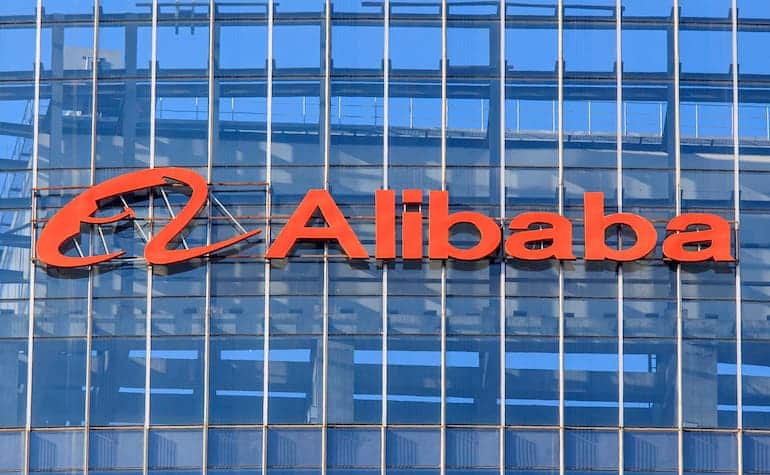

Alibaba Group Holdings Limited (BABA) reported its latest financial results before the market open on Thursday. The Chinese e-commerce giant reported revenue of $30.689 billion for the quarter vs. $30.364 billion expected. Earnings per share were reported at $1.75 per share vs. $1.60 per share expected.
Daniel Zhang, Chairman and CEO of Alibaba Group commented on the results: ''During the past quarter, we actively adapted to changes in the macro environment and remained focused on our long-term strategy by continuing to strengthen our capability for customer value creation.'' ''Following a relatively slow April and May, we saw signs of recovery across our businesses in June. We are confident in our growth opportunities in the long term given our high-quality consumer base and the resilience of our diversified business model catering to different demands of our customers,'' Zhang added. ''Despite the challenges posed by the COVID-19 resurgence, we delivered stable revenue performance year-over-year. We have narrowed losses in key strategic businesses given ongoing improvements in operating efficiency and increasing focus on cost optimization,'' said Toby Xu, CFO of Alibaba Group. ''We recently shared our plan to add Hong Kong as another primary listing venue.
By becoming primary listed on both Hong Kong and New York stock exchanges, we aim to further expand and diversify our investor base,'' Xu concluded. Alibaba Group Holdings Limited (BABA) chart Share price of Alibaba was up by around 1% on Thursday, trading at $96.93 a share. Here is how the stock has performed in the past year: 1 Month -21.79% 3 Month +14% Year-to-date -19.42% 1 Year -51.97% Alibaba price targets B of A Securities $155 Bernstein $130 Benchmark $205 JP Morgan $140 HSBC $141 Citigroup $172 Truist Securities $145 Barclays $161 Alibaba Group Holdings Limited is the 31 st largest company in the world with a market cap of $256.21 billion.
You can trade Alibaba Group Holdings Limited (BABA) and many other stocks from the NYSE, NASDAQ, HKEX and the ASX with GO Markets as a Share CFD. Sources: Alibaba Group Holdings Limited, TradingView, MarketWatch, Benzinga, CompaniesMarketCap


The Aussie Dollar has seen a drop in its price due to wage and unemployment data released over the past day and a half. The economic data shows that unemployment has fallen to its lowest level in nearly 50 years with the jobless rate at 3.4% compared to analysts expecting the figure to remain at 3.5%. Wages also rose modestly in the last quarter to 2.7%, however this is still a far cry from the 6.1% inflation figure.
The AUD's weakness came on the removal of 40,900 roles from the economy vs the previous month as opposed to expectations of a gain of 25,000. The report indicates that the labour market might just be starting to feel the pinch and that growth is beginning to slow. These figures give the RBA more flexibility in its next cash rate decision with the option for a 25 bps rise instead of 50 bps now being a realistic possibility after 3 consecutive 50 bps raises.
In response the Aussie dollar dipped against most of the main currencies. It fell back below 0.70 USD after a recent rally, to 0.6801 Euros and to 0.659 CHF. With the currency experiencing negative sentiment due to the employment figures and recessionary fears pushing commodity prices lower, there is an opportunity for a short trade.
Specifically with the recent strength of the CHF compared to the general weakness s of the AUD, it represents the best opportunity for a trade. The current price is sitting just near the last level of support at 0.6584 CHF, providing a potential entry point. If this level fails to hold then it is possible that the price may drop to 0.6509, which is the first price target.
The current pattern of the MACD also supports this trade. The last time the price was at this level of support the MACD Moving Averages had already found support. However, on this occasion, the Moving Averages are still accelerating to the downside indicating that there may be more selling to be done.
The trade involves placing a stop loss just above 0.66 CHF to reduce the potential loss if the trade does go as expected for a Risk Reward of close to 3.


The US equities market has had a sharp rise to end the trading session as the Federal Reserve announced a 25-bps interest rate rise. Whilst the market had mostly priced in the 25-bps rise, it was the associated commentary that gave the market a boost. Fed Chairman, Jerome Powel made it clear in his statement and press conference that the Fed is not finished with its hikes and will likely have to continue for some time.
This disappointed some traders who were hoping for a quicker pause of rate hikes. It also means that there may be a little while longer until there will be relief for companies and homeowners in the USA. However, Powell did contradict himself as he announced in the press conference that “For the first time, we can declare that a deflationary process has begun.” This led to sharp jump in the major Indices as the market took this as a sign that inflation has peaked.
As stated above this acted as a positive catalyst for the market which spiked after Powell’s press conference. The Nasdaq ended the day up 2.00%, the S&P500 1.05% and the Dow Jones Index 0.02%. With more employment data to be released before Friday’s trading session there is still room for more volatility if the figures come out different to expectations.
The expected hourly earnings increase for the month is 0.3%, a 190,000 increase in Non-Farm Employment change and an increase to 3.6% unemployment. If the figures show a lack of growth and increase in the unemployment figure it bodes well for equities and a weaker USD. The USD took a large hit on the news and is currently testing its long-term support at 100.
The next few weeks could be crucial in determining which direction the USD will go. If risk sentiment continues to improve then it may fall through the support on the other hand if volatility increases and the market becomes weary, the price may bounce to the upside.

